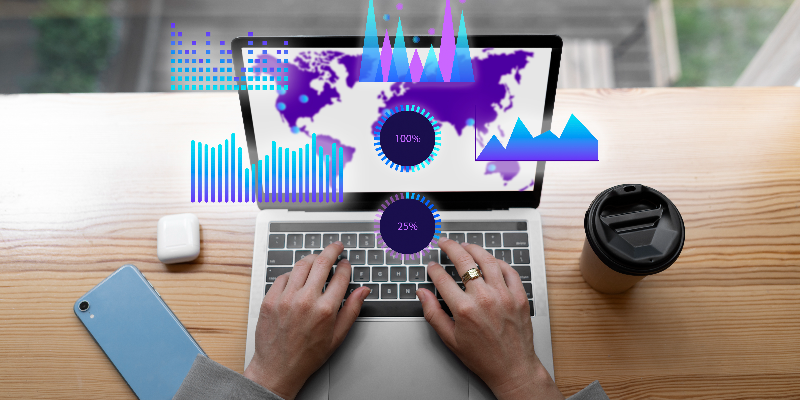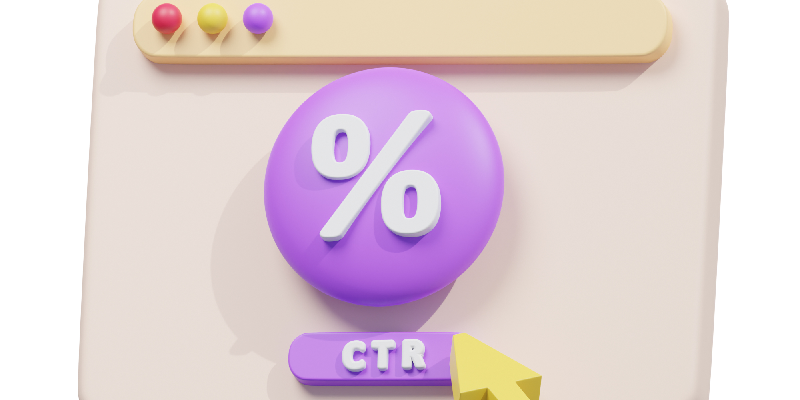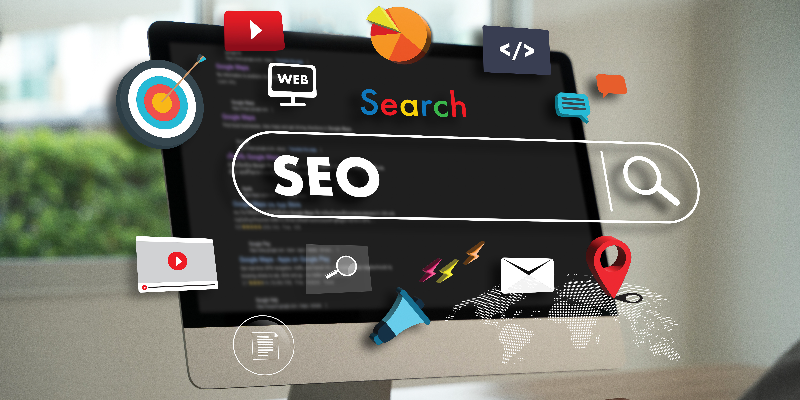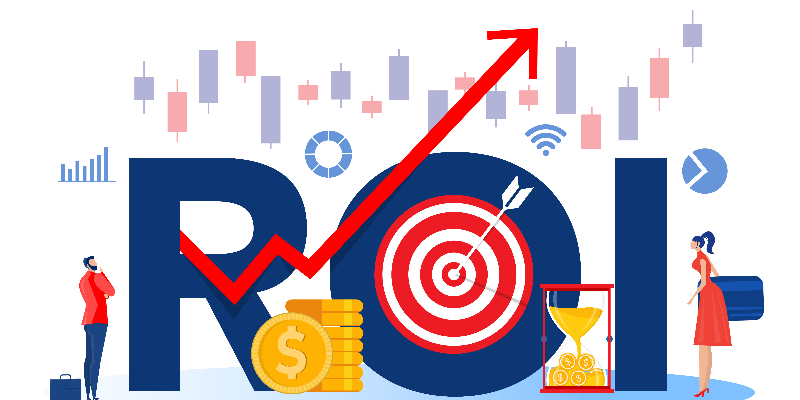

In a competitive ecommerce sphere, it’s necessary to spend on Pay-Per-Click (PPC) campaigns, but make
sure the money is used wisely. Whether you're advertising on Google, Bing, or social media platforms, you
need to monitor the right PPC metrics for ecommerce to ensure your advertising budget drives meaningful
returns. Tracking the right Google Ads KPIs helps in making data-driven decisions, optimizing performance,
and increasing your ROI. This blog will walk you through the top PPC metrics for ecommerce businesses,
tracking, and how to measure PPC performance effectively.
CTR is one of the first indicators of how engaging your ad is and one of the most important Google Ads KPIs. It’s calculated as:
CTR = (Clicks / Impressions) × 100
An excellent CTR suggests that both your headlines and images are appealing to the people you are trying to reach. This means more visitors may come to your website if your ads, headlines, and CTAs are tested and improved, so always review them.

Clicks mean nothing without conversions. Conversion Rate tells you how many clicks led to an actual sale or another desired action.
Conversion Rate = (Conversions / Clicks) × 100
For stores selling on the web, these Google ads KPIs are very important. When your CTR is high but your conversion rate is not, you should look into landing page problems, pricing, or how the journey on your website works. Your advertisement must reflect and support the atmosphere of your website.
Cost Per Click is the amount you pay for each click on your ad. Lower CPCs allow more traffic within your budget, but the goal should be to maximize ROI, not just minimize spend.
Average CPC = Total Ad Spend / Total Clicks
One of the significant Google ads KPIs and the regular monitoring of CPC to avoid overspending and to ensure your bidding strategy aligns with your campaign objectives.

ROAS is one of the most important PPC metrics for ecommerce as it directly measures profitability.
ROAS = Revenue from Ads / Cost of Ads
If you spend ₹10,000 on ads and generate ₹50,000 in sales, your ROAS is 5. A good ecommerce ROAS varies by industry, but typically ranges from 3 to 6. Track ROAS by product categories to optimize budget allocation.

CPA tells you how much it costs to acquire one customer or conversion. Unlike CPC, this metric focuses on actual results.
CPA = Total Cost / Total Conversions
High CPA can indicate inefficiencies in your funnel. Compare CPA with your average order value to ensure you're not overspending to get a sale.
Impression Share represents the percentage of total available impressions your ads received in a given auction.
Impression Share = (Impressions / Total Eligible Impressions) × 100
An impression share that is low could mean you should increase your bids or work on your quality scores. If you want your brand to show up in ecommerce searches, receiving many impressions matters a lot.
Every keyword receives a Quality Score (from 1 to 10) determined by CTR, its importance to an ad, and the experience on the linked page. A good quality score may lower your ad cost and help your ad rank high. Frequently looking at your quality score helps you discover areas where your campaign can be improved.
While technically not Google Ads KPIs, bounce rate and time on site are critical in evaluating ecommerce ad tracking. It’s possible that the bounce rate is high when users can’t find what they hoped for on your site.
Connect Google Analytics to your PPC platforms to find out more about what people do when they reach your website. This will help measure PPC performance beyond clicks and conversions.

It is important for ecommerce businesses to notice when people add items to their cart but don’t complete the order. After engaging and clicking, some users might still leave the site without buying anything.
Identifying the reasons for cart abandonment will improve how people go through checkout, allow you to target them with ads and boost your success rate.
Check the ROI of spending money on ads, not only the purchases immediately made by customers. This measure allows you to decide how much money you should spend on obtaining new subscribers.
A good example is when your CPA is at ₹1,000 and the LTV is at ₹10,000, which shows you are making a justified investment. Include this data when working with any PPC agency in Chennai or evaluating campaign profitability.

Check how much money is going toward each product or category you are advertising. In some cases, results in ROAS or conversion rates will be better than in others. Ecommerce ad tracking tools like Google Ads, Shopify analytics, or third-party platforms help allocate budgets based on performance data, ensuring better returns.
How often a particular person is presented with your ad is known as frequency. Using ads too often can cause people to feel bored with your messages, which decreases interaction and raises the cost of your ads. View the number of clicks and impressions in Facebook Ads Manager or on Google Display Network and rotate your ads now and then to have a strong grip on the ecommerce ad tracking.
Partnering with an experienced ecommerce PPC agency can help you stay on top of these metrics and continually optimize your campaigns. They may try A/B testing, enhance your product feed, and use smart bidding to increase your profits.
If you're looking for professional support, many brands rely on a trusted PPC agency in Chennai to manage their campaigns across Google, Bing, Facebook, and more for better and professional results.

Tracking the right PPC metrics for ecommerce is essential to scaling your business profitably. No matter if you look at CTR, CPC, or even ROAS, LTV, or cart abandonment, every bit of data is important for the bigger picture. With accurate ecommerce ad tracking and regular performance audits, you can measure PPC performance effectively and drive long-term success.
Whether you handle campaigns in-house or join hands with some specialized PPC services, understanding and utilizing these metrics will give your ecommerce brand the competitive edge it needs.